Honda HR-V 1.5 DX Review: Ubiquitous to Glamorous
Perhaps no other car encapsulates the fast-changing market conditions in Singapore better than the HR-V. Can it keep up with the climbing COE in its 3rd generation?


Perhaps no other car encapsulates the fast-changing market conditions in Singapore better than the HR-V. The previous generation, which is also the 2nd, plied our roads almost as a national car, first as a best-selling parallel imported model named the Vezel and then as an official import named the HR-V, also a best-seller, unsurprisingly.

The reason? During its model life spanning from 2013 through 2021, COE premiums were on a constant downtrend. From the peak to the trough, Cat A COE dropped at a rate of some 9.3% per year during this period. For a car like the HR-V, whose price is greatly affected by COE due to its low OMV, this was the best possible situation for a flourishing.

The 3rd generation car reviewed here faces very different circumstances. It launches at a time when COE premiums are either climbing rapidly (Cat A) or reaching all-time highs (Cat B). Two HR-V versions are available and if it’s some blessing, the DX trim on review is still on Cat A, which is just above the S$60k mark now. It is high, but has not peaked just yet, allowing a narrow sliver of time for the car to remain fairly priced: this translates to a list price of around S$130k at press time. Sadly, the higher-end HX trim which is a clever hybrid drivetrain, is in Cat B and so costs some 30% more with list price at $168k (ouch).
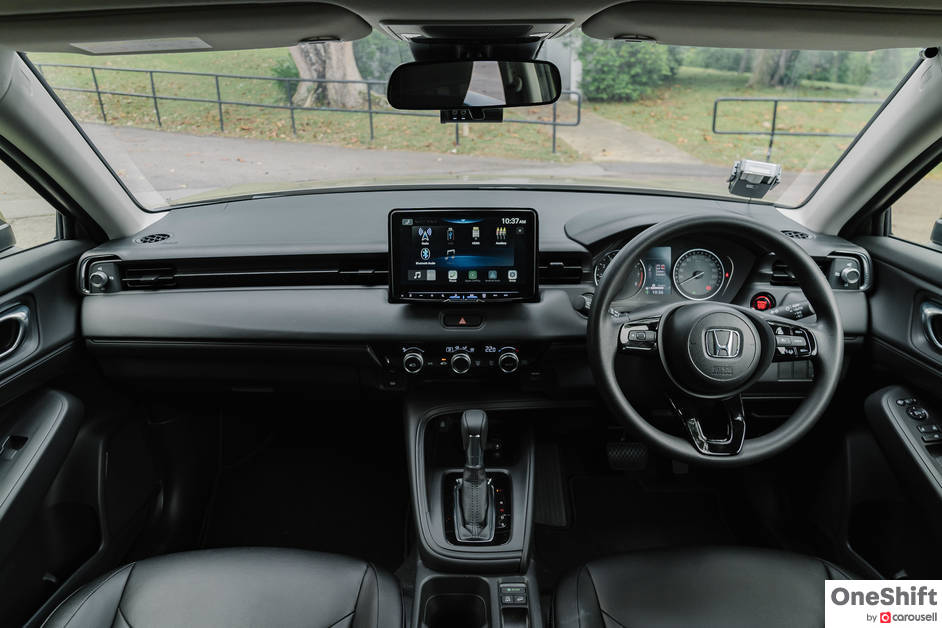
Even though it is now far prettier outside and inside, you can expect to see a lot less of the new HR-V on our roads through no fault of its own. But I guess that’s part of the appeal - it’s now way more glamorous with clean, almost avant-garde lines and it’s less likely to be your next Grab ride.
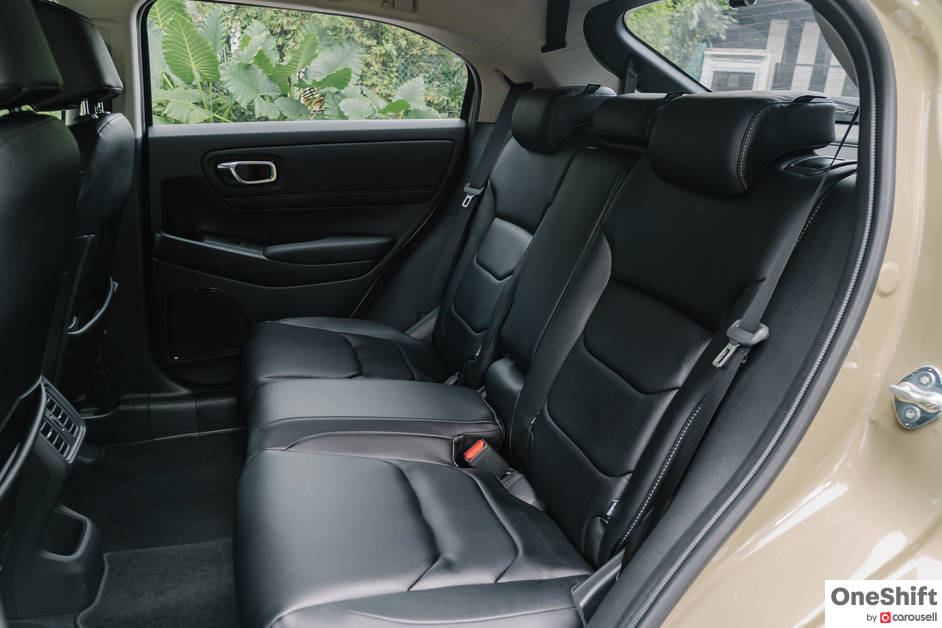
Part of the enhanced design is due to an overall increase in width, a body-coloured integrated front grille, a 10 mm increase in road clearance, a reduction of the A-pillars by 50 mm and a 25 mm reduction in roof height (15mm for the e:HEV version). Basically, it looks more squat and sleek, a truly handsome car in its own right. The hidden rear door handles look like an even smarter feature in this design than it ever did, camouflaging itself in the nook of the C-pillar.

The interior is also pleasingly modern, very much like the futuristic theme that its predecessor also took on. There is an ‘Air Diffusion System’ on the outermost front air vents which is probably the coolest feature on the car, allowing air to be directed as a stream alongside the front windows to the roof, reducing direct draft and creating circulation that apparently mimics natural wind. It works brilliantly.

The front seats are designed to be anti-fatigue and body stabilising, while there is an increase of rear legroom by 35 mm, too. Build quality is precision-level stuff (it’s made in Japan, too) but of course don’t expect expensive materials for an entry-level car. Overall, it’s a comfortable place to be in, only to be let down by small details like the aftermarket infotainment system. Compared to Honda’s in-house system, it feels oddly out of place in this day and age where cars are becoming software first, hardware second. Even in isolation, it’s laggy and a little buggy when I tried to connect to Apple CarPlay wirelessly a couple of times. At least sound quality is not too bad.
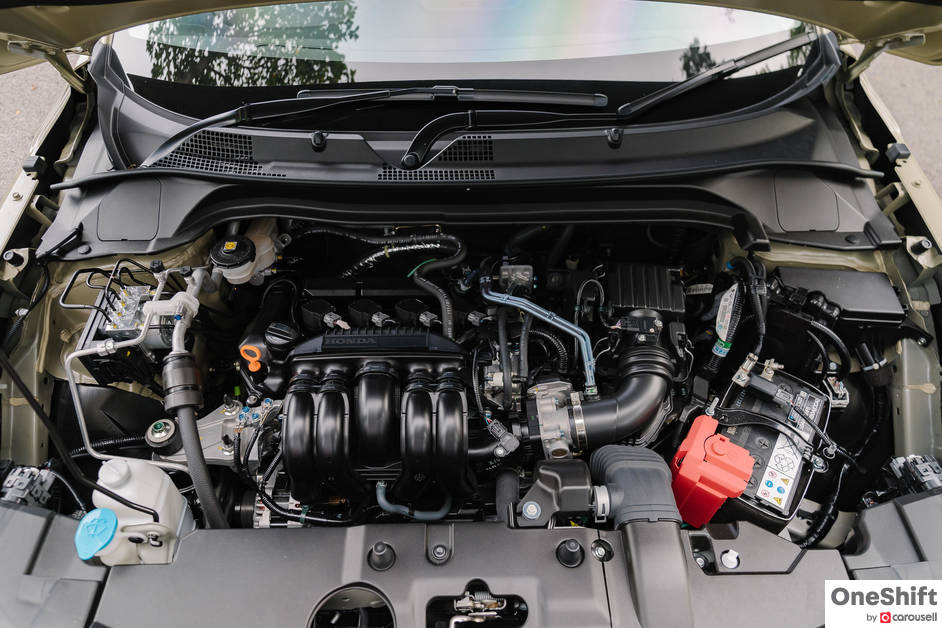
On the road, the car rides sensationally, absorbing most of the harshness out there, perhaps aided by 16” wheels which are right-sized. Handling is more predictable than exciting though with lifeless steering and plenty of body roll to contend with. The 1.5-litre 4-cylinder naturally aspirated engine is also firmly set in tradition and not in a particularly good way - it’s as weedy as its 118 PS / 142 Nm figures would suggest, and will require a good thrashing for hard overtakes. I’m surprised that even with all that hard labour it has to do, it returned about 12.2 km/l after 215 km of driving.
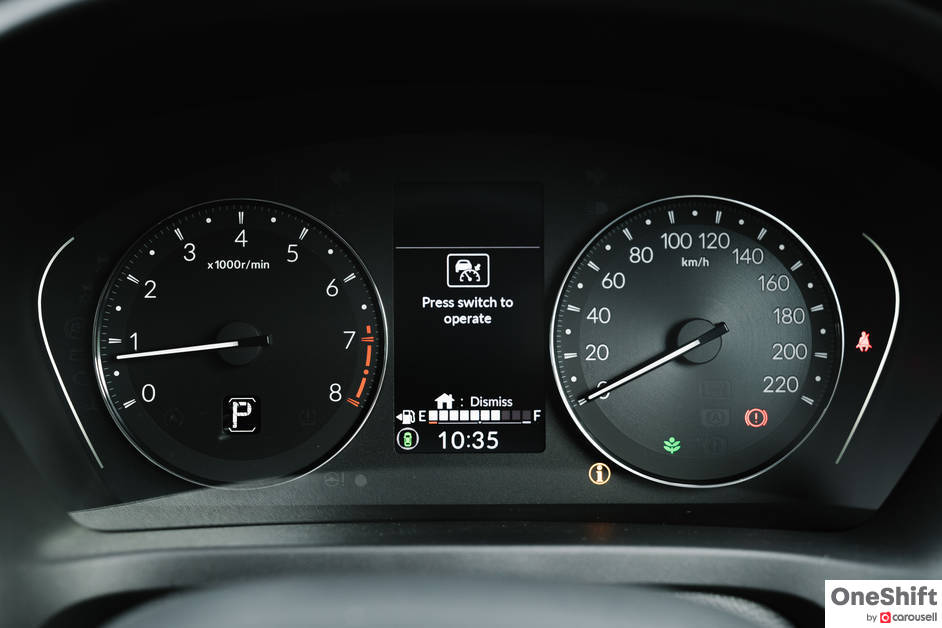
At least it keeps up with the times on the safety front, with Honda Sensing now standard for all HR-Vs. It includes the usual suite of collision prevention, lane keeping assist, lead car departure notification and so on.
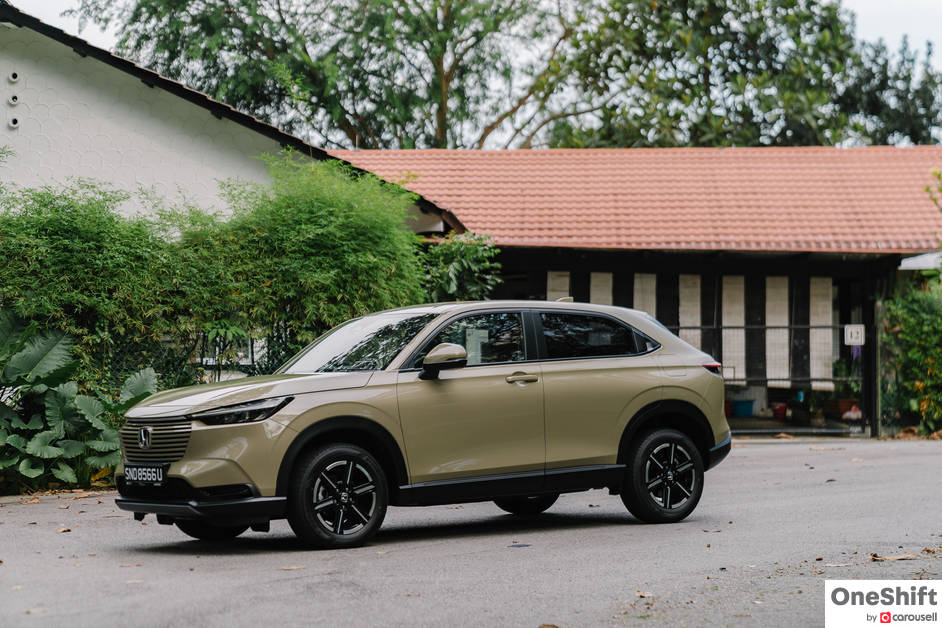
The new HR-V is a remarkably attractive car to look at compared with its predecessor. It’s a bit of a shame that it’s arrived at this unfavourable COE era, as the high-spec HX seems to be a far more complete purchase than the DX but is also incredibly more expensive. If you’re willing to go a little no-frills then the DX takes advantage of the substantially lower Cat A prices at this stage, but there are plenty of competitors nipping at its toes as well.
Credits: Text by James Wong; Photos by Horizon Drivers' Club








Get the Best Price for your used car
from 500+ dealers in 24 hours

- Convenient and Hassle-Free
- Consumer Protection
Transparent Process
With No Obligation







